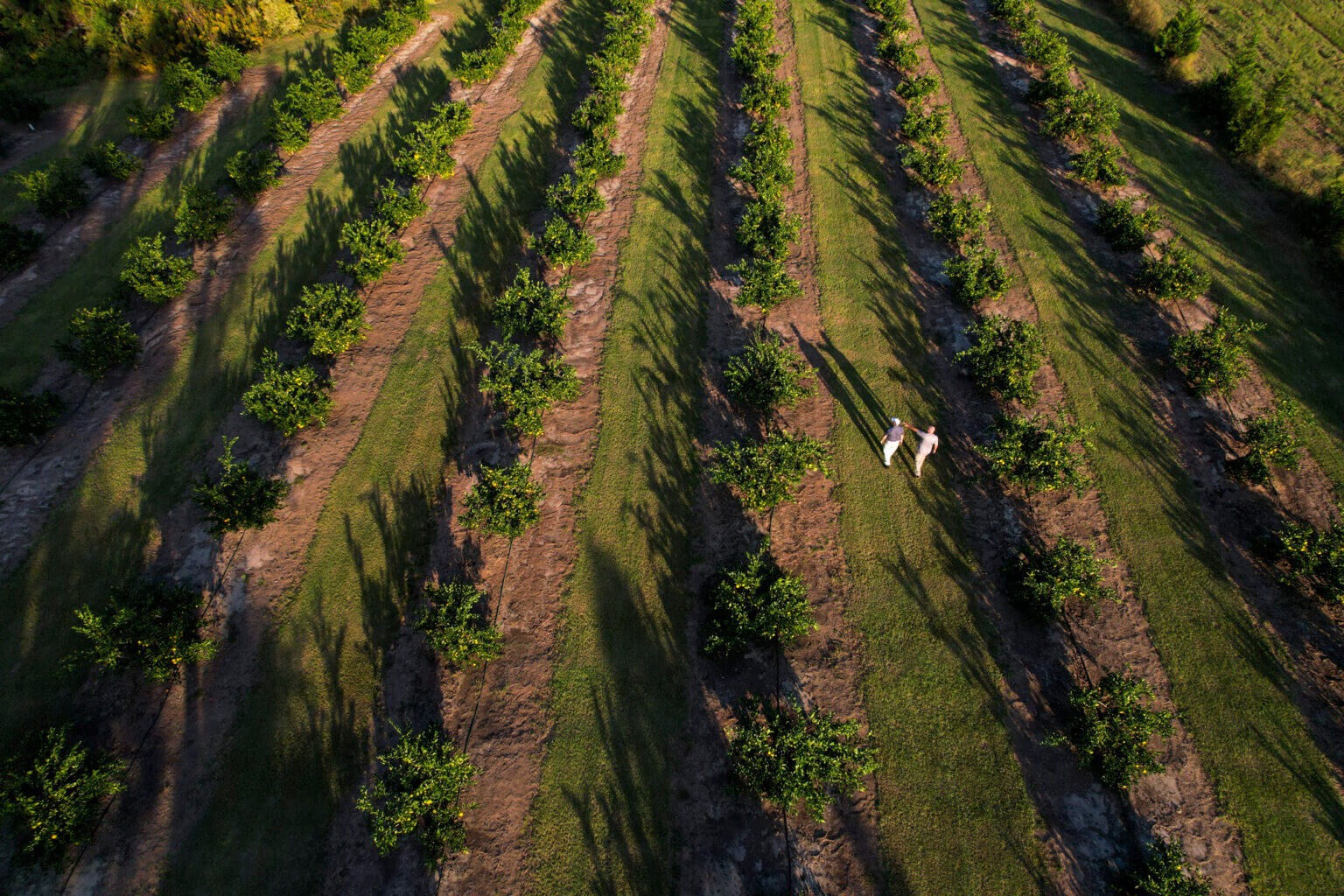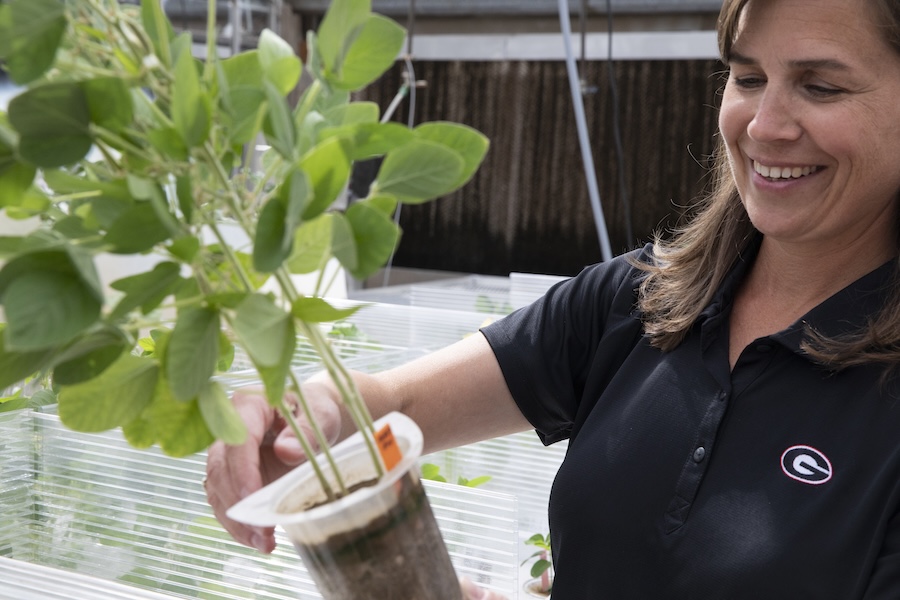A tree is a great way to remember an event like the Olympics. A living, growing tree helps refocus fading memories.
Trees represent a renewing of life over generations and an investment in the future. Tree planting can mark the passage of time and great events and accomplishments.
One particular tree's life marks many things, including the Olympics. On the University of Georgia campus, just southwest of Stegeman Coliseum, grows a small tree with a rounded crown. Planted in 1936, the German oak (Quercus robur) is native to central Germany.
In the forests where it grows, the German oak is wide- spreading and broad. German oaks can grow to more than 100 feet tall. The leaves have six to 10 lobes, are roughly three-by-five inches and are similar to our American white oak (Quercus alba). The acorns are fairly large and dangle from long stems.
In 1936 the Olympic Games were in Berlin. The city, stadium and other venues were awash in the harsh banners of fascism. The National Socialist party had been brought to power three years earlier by Adolf Hitler, who saw the Olympics as a way to show cultural and racial superiority to the world.
The German oak grows across Europe. Every country where it grows calls it by that country's name -- French oak, Italian oak, Austrian oak and Spanish oak.
Here in the United States and in the South, the most common name is English oak. Regardless of its common name, the tree is large, strong and beautiful.
The massive size and strength of this native oak symbolized for Hitler the greatness of the "Fatherland." Olympic winners were given a small German oak as well as the Olympic medals.
The Olympic athletes carried these young oaks back to the far reaches of the world. Most of the trees didn't survive.
In Georgia, German oak has a hard time growing. Many pests attack it. But by far the worst problems are the warm winters and occasional spring freezes. German oak doesn't go deep into dormancy during our winters and then tends to grow much too early in spring. Frost is always damaging it.
German oak doesn't handle the hot summer well, either -- especially our warm nights. Several plantings in Georgia have died or had to be removed because of growth problems. A tree growing poorly and under constant stress is ripe for attack by many pests and can't respond well to damage.
The German oak on the University of Georgia campus is the tree given to Forrest Towns, who was the university's first Olympic gold medal winner. Mr. Towns held the world record in the 110-meter high hurdles for 12 years. For 37 years, he coached track for the Bulldogs.
The German oak on campus symbolizes many things to the university community. As memories fade, the tree grows and reminds us of the Olympic spirit of athletic endeavors and excellence. The rich green tree reminds us of the man and his accomplishment. Mr. Towns passed away in 1991.
Sadder times are caught up in those dark green leaves, too. A few years after his victory in Berlin, Mr. Towns lost his brother in the European theater of World War II. A tree lives to help us remember.
Maybe you should plant a tree to commemorate your own Olympic experiences.



.jpg)


